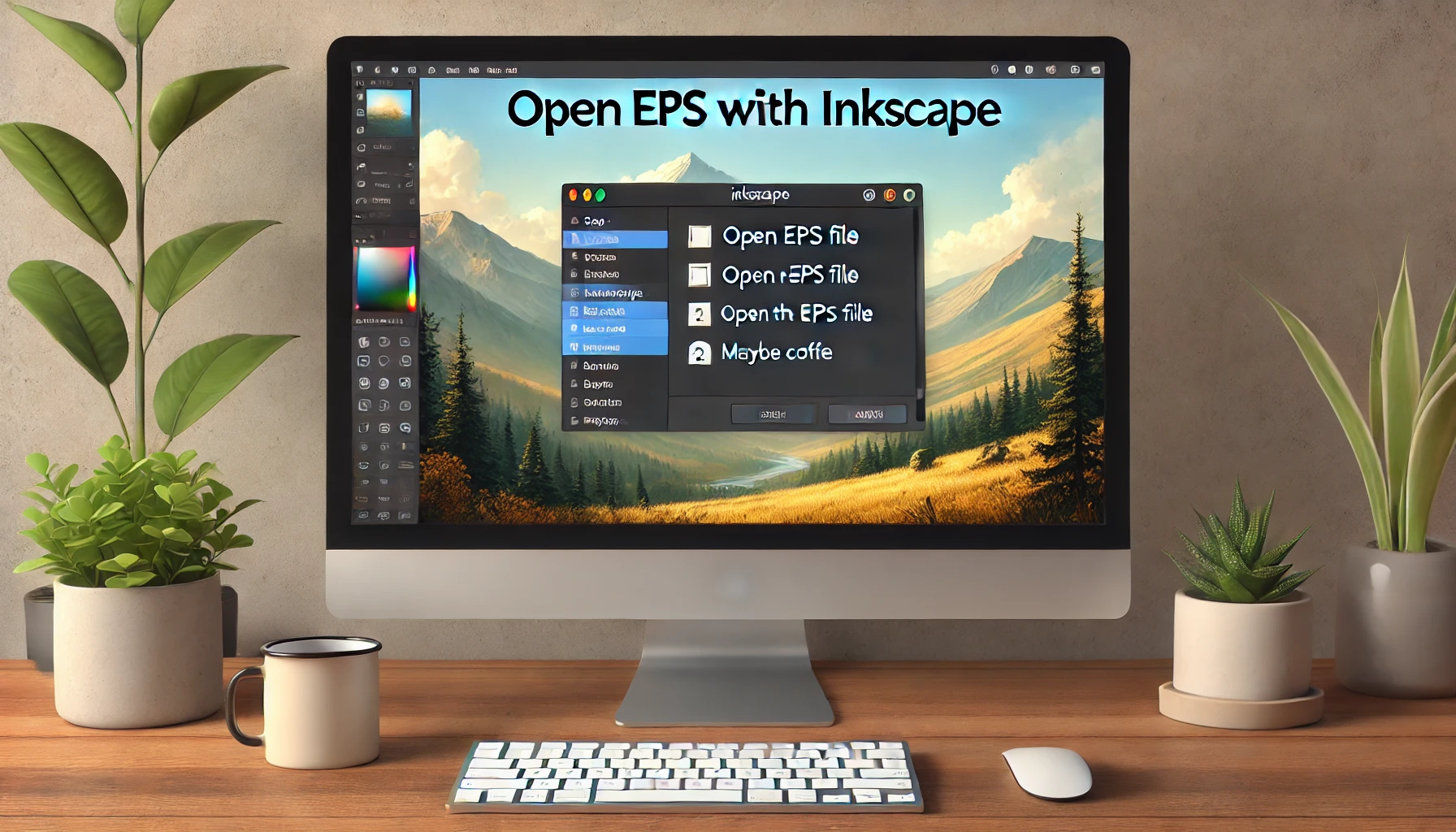Opening EPS (Encapsulated PostScript) files in Inkscape can be a bit tricky since Inkscape doesn’t natively support EPS files out of the box. However, with a few additional steps, you can easily open and edit EPS files in Inkscape. Here’s how you can do it:
Step-by-Step Guide to Opening EPS Files in Inkscape
Step 1: Install Ghostscript
Ghostscript is an interpreter for PostScript and PDF files. Inkscape requires Ghostscript to handle EPS files. Here’s how you can install it:
- Download Ghostscript: Visit the Ghostscript download page and download the appropriate version for your operating system.
- Install Ghostscript: Follow the installation instructions provided on the Ghostscript website.
Step 2: Configure Ghostscript with Inkscape
After installing Ghostscript, you need to add its path to your system environment variables:
- Find the Installation Path: Typically, Ghostscript is installed in
C:\Program Files\gs\on Windows. Inside this directory, you will find a folder likegs9.54.0(version number may vary). - Add to Environment Variables:
- Open the Start Menu, search for Environment Variables, and open it.
- In the System Properties window, click on Environment Variables.
- In the System variables section, find the Path variable and click Edit.
- Add the paths to the
binandlibfolders inside the Ghostscript directory (e.g.,C:\Program Files\gs\gs9.54.0\binandC:\Program Files\gs\gs9.54.0\lib). - Click OK to save your changes.
Step 3: Open EPS File in Inkscape
Now that Ghostscript is set up, you can open your EPS file in Inkscape:
- Launch Inkscape: Open Inkscape on your computer.
- Open EPS File: Go to File > Open (or press
Ctrl + O), navigate to your EPS file, and select it. - Import Settings: When prompted, click OK to import the file with default settings.
If the file does not open or appears blank, you might need to move the bin and lib paths to the top of the environment variables list.
Editing and Saving Your EPS File
Once your EPS file is open in Inkscape, you can edit it like any other vector graphic. Use Inkscape’s tools to make your changes, then save or export the file as needed:
- Ungroup Elements: If the design appears as a single group, right-click and select Ungroup to manipulate individual elements.
- Save or Export: To save your edited file, go to File > Save As and choose your desired format (e.g., SVG, PDF, or PNG). If you need to keep it in EPS format, select EPS from the list of file types.
Troubleshooting Tips
- White on White: If your EPS file appears blank, it might be due to white objects on a white background. Select all objects and change their color to make them visible.
- File Not Opening: Ensure Ghostscript paths are correctly set in the environment variables and Inkscape is restarted after changes.
By following these steps, you should be able to open and edit EPS files in Inkscape without any issues.

